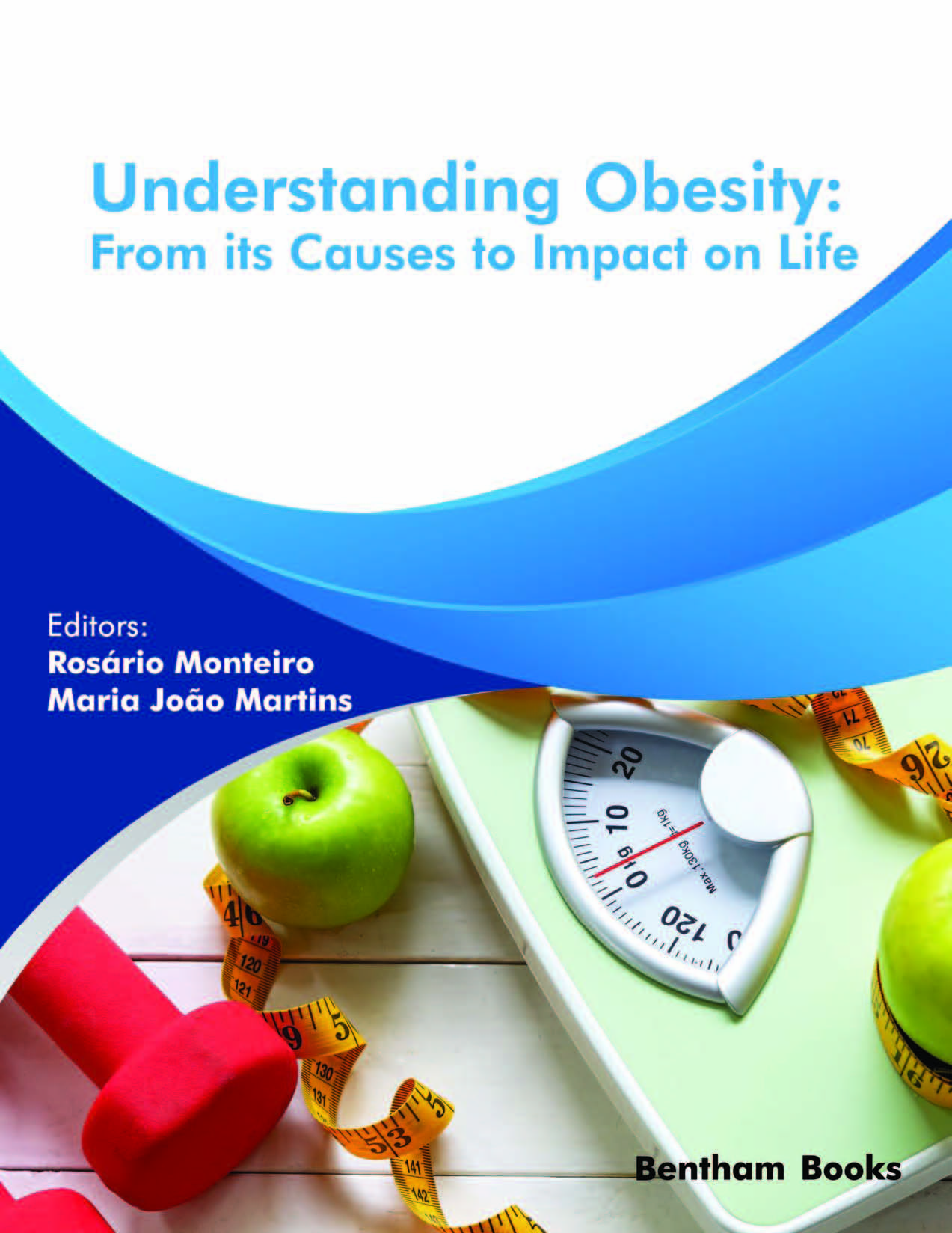Introduction
Understanding Obesity informs readers about contributing factors to obesity: from social and behavioral determinants throughout the life course, influences from before we are born to what we eat (nutrients and food contaminants which impact body weight), gut bacteria, and the way accumulated energy from nutrition is spent. Chapters will also inform readers about adipose tissue (the dynamic role of the adipose tissue during obesity development, the pressure put on to its remodeling and differences in obesity phenotypes regarding association with pathological outcomes as well as the latest advances in finding biological markers of adipose tissue dysfunction) and the latest treatment options for obesity. Special topics, such as the bidirectional relationship of stress with obesity and the influence of aging on the onset of metabolic disorders that lead to obesity are also discussed.
Understanding Obesity is a valuable reference for health researchers, practitioners (endocrinologists, family physicians, nurses), as well as decision-makers in healthcare and other professional settings who are seeking a holistic understanding about the causes of obesity and ways to address it.
Key Features:
- 17 chapters cover obesity from a diverse range of perspectives
- medical information is presented (adipose physiology and different disease conditions relevant to obesity)
- educational, social and psychological issues as central when caring for obesity patients are emphasized
- the latest information on obesity treatment options (including medical, pharmaceutical and surgical options) is included
- bibliographic references have been provided for further reading

